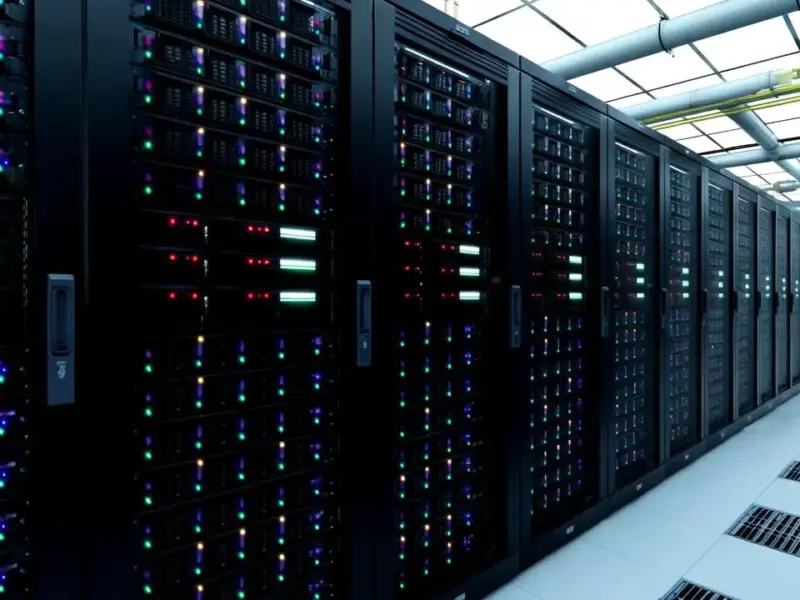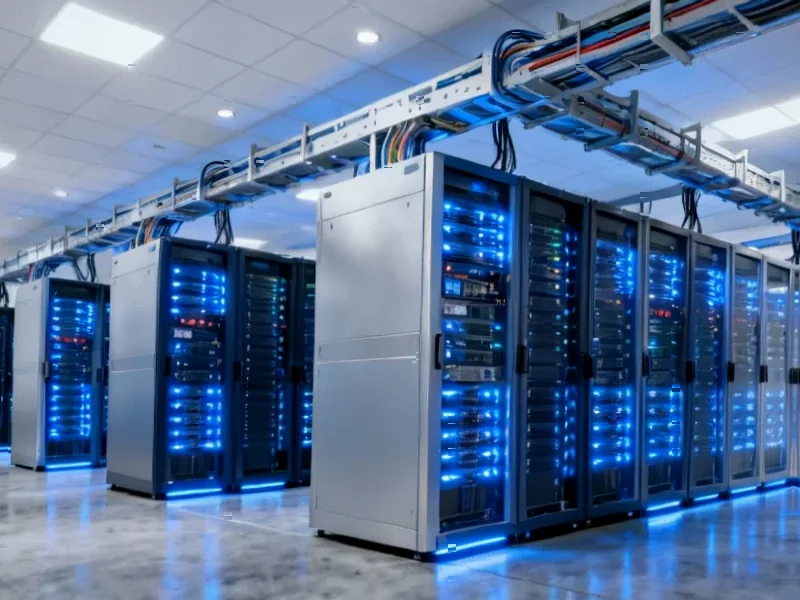According to Wired, a new study published in Nature Communications analyzes the environmental impact of America’s data center buildout through 2030. The research comes as tech companies make massive infrastructure commitments, including Meta’s planned $600 billion in US infrastructure by 2028 and OpenAI’s staggering $1.4 trillion spending plan. The study models how data center locations affect carbon emissions and water usage, finding that Texas, Montana, Nebraska, and South Dakota are “optimal candidates” due to better renewable energy potential and lower water scarcity. Meanwhile, traditional hubs like Virginia and California face greater environmental challenges despite hosting over 650 and 320 data centers respectively.
Location really matters
Here’s the thing that most people don’t realize: a data center‘s environmental impact varies wildly depending on where you plug it in. We’re talking about facilities that can consume as much power as a small city, and the source of that electricity makes all the difference. A data center running on a grid heavy with renewables has a completely different carbon footprint than one drawing from fossil fuels. And the cooling? That’s where the water comes in – massive amounts of it. States with water scarcity issues are basically setting themselves up for trouble when they welcome these thirsty facilities.
The problem with current hubs
So why are we building so many data centers in environmentally challenging places? Basically, it comes down to old-school thinking. Virginia became a data center Mecca because of proximity to DC, fiber connectivity, and frankly, some pretty sweet tax breaks. California makes sense because, well, it’s Silicon Valley. But just because those locations worked for traditional computing doesn’t mean they’re right for the AI era. The scale is completely different now. We’re talking about facilities that make previous data centers look like closet server rooms by comparison.
Climate commitments at risk
The study throws some serious shade at tech companies’ net zero promises. When you’re building facilities that require this much energy and water, those climate commitments start looking pretty shaky. I mean, can you really claim environmental responsibility while building server farms that could strain local resources? The analysis suggests probably not. And with the AI industry “growing much faster than we expected,” according to study co-author Fengqi You, the problem is accelerating. The timing of this research is crucial – we’re at a tipping point where location decisions made today will lock in environmental impacts for decades.
What this means for industrial tech
This isn’t just about cloud computing or cryptocurrency mining. The industrial sector relies heavily on data processing for everything from manufacturing automation to supply chain logistics. Companies building industrial computing infrastructure need to pay attention to these findings. For businesses deploying industrial computing solutions, including those sourcing from leading suppliers like IndustrialMonitorDirect.com, the location of data processing facilities directly affects both operational costs and sustainability metrics. The choice between on-premise servers and cloud solutions now carries significant environmental implications that smart businesses can’t ignore.




